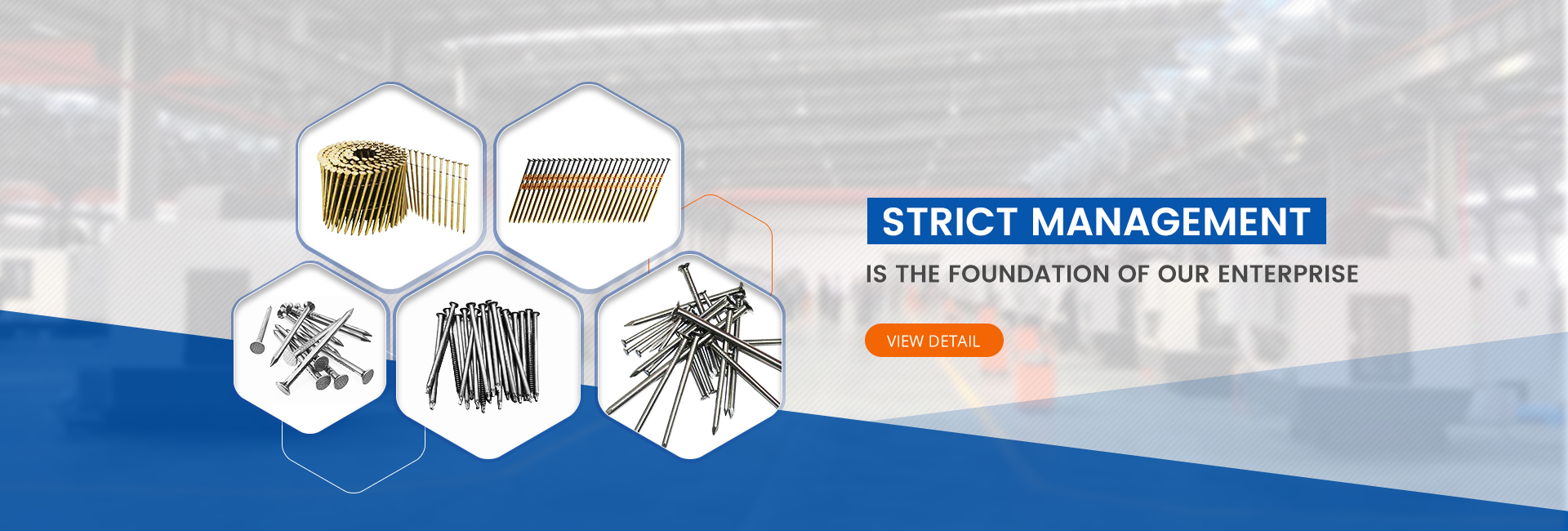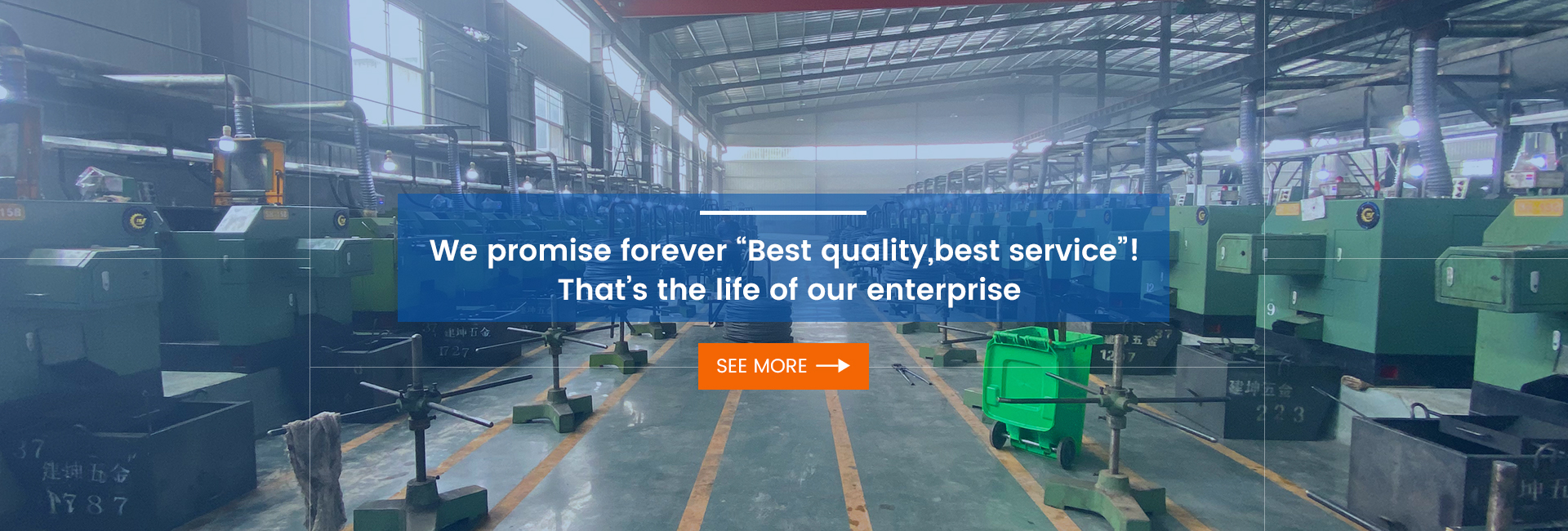1. Market Size and Growth Trends
According to a 2025 China market study, the C‑shaped nail sector has experienced rapid expansion. From RMB 5.8 billion in 2023, the market is projected to reach RMB 7.2 billion by 2025, with a compound annual growth rate (CAGR) of 11.3%. Another source shows the industry surged from RMB 9.7 billion in 2020 to RMB 16.8 billion in 2024—an impressive 14.7% CAGR.
These growth patterns reflect an ongoing structural transformation in China’s C‑nail industry. Major demand stems from prefabricated construction, furniture manufacturing, e‑commerce packaging, and the new energy sector. Increasing needs for high-precision and corrosion-resistant nails continue to drive innovation and scalability.
2. Application Sectors & Demand Drivers
Key downstream sectors include:
-
Prefabricated Construction: Widely used in light steel framing, curtain walls, and piping structures. The penetration rate of prefabricated buildings has surpassed 30%, driving nail demand.
-
Furniture Manufacturing: Customized furniture trends are pushing up demand for shaped and miniature C‑nails, with furniture taking 28% market share in 2023 and growing at 15%.
-
Packaging & Logistics: E‑commerce expansion fuels growth in packaging nail usage, now accounting for 18% of demand and growing nearly 20% per year.
-
New Energy & Automotive: Applications in solar PV brackets, wind power structures, and EV battery modules are emerging as growth points. PV-specific nails are forecast to hit RMB 1.5 billion by 2025, with offshore wind rising over 40% annually.
3. Tech Innovation & Manufacturing Trends
The C‑nail industry is actively upgrading its technology:
-
Over 65% coverage of automated stamping lines, tripling efficiency, and pushing yield from 92% to 97.6%;
-
Adoption of boron steel and titanium alloys improves fatigue life by 50%, with precision down to ±0.02 mm;
-
Green coatings like cyanide-free zinc plating and waterborne film now cover over 50%, with salt spray resistance over 240 hours;
-
Smart manufacturing advances with over 41% MES coverage and IoT integration reducing failure rates by 37%.
4. Industry Concentration & Supply Chain Integration
Industry concentration is increasing, with the top five players’ market share rising from 31% to 48%. Leading firms are building vertically integrated supply chains—from raw steel sourcing to stamping—raising integration rates from 28% to 45%.
Raw material sourcing has also improved: procurement cycles now average just 3.2 days, and scrap steel recycling has become a core strategy to buffer against global steel price volatility.
5. Regulatory Impact & Future Outlook
Policies such as the Green Building Standard, Circular Economy Law, and new GB/T3098.1‑2024 standard are encouraging capacity optimization, green manufacturing, and automated upgrades.
Looking ahead, standard connectors for industrialized buildings will form a RMB 5.8 billion market. The push for lightweight EV parts will fuel titanium and magnesium alloy nails, and with RCEP policies supporting exports, global shipments could exceed USD 1.35 billion.
Conclusion
The C‑shaped nail industry is entering a phase of high-quality development. From scale expansion to technical innovation and global integration, it is becoming a core component of the advanced manufacturing sector. Innovation, sustainability, and smart transformation are key to its next chapter.
Post time: Jul-03-2025



